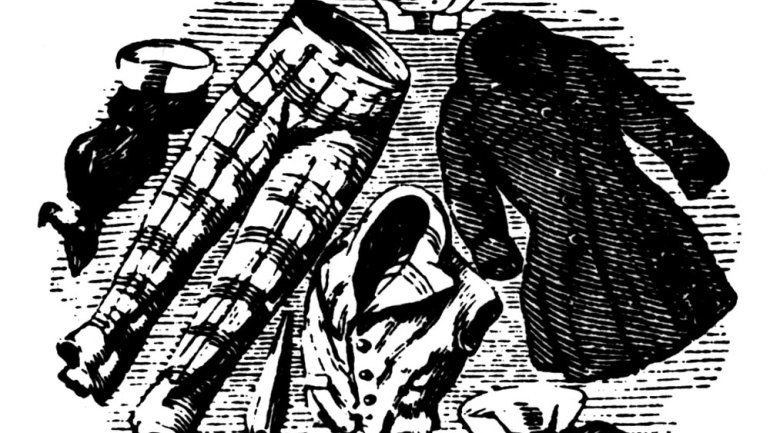Knowing Our Sources
Knowing Our Sources
It’s a little word game my husband and I play; we challenge each other to think of last names that started out as vocations: Carter, Cook, Brewer, Smith, Wheeler, Wright. We’ve played this game for years, and by now we’ve probably exhausted the list. Cooper, Butler, Carver, Gardener, Butcher …
He and I share a fascination with the world before industrialization and mass production – a time when people knew where their stuff came from. Maybe they got their bowls from an artisan in the next village – a guy named Potter. Their cupboards? Crafted by Mr. Carpenter. Linens? Purchased from those nice neighbors, the Weavers. As recently as 100 years ago, people had less stuff in their homes, and they likely knew more about it. We’d call their closets and kitchens small, but they were sufficient.
Today, of course, acquisition and consumption are a lifestyle, enabled by large-scale manufacturing and byzantine “supply chains.” People have cavernous closets, spillover storage units, and professional organizers to manage their vast personal inventories. They are awash in things, and heaven only knows how, where, and by whom most of those things were made. Were the people who made them treated fairly? Or were they children who would be better off in school? Were environmental safeguards in place? Or was water polluted to make tchotchkes that will be discarded in a year? In the vast majority of cases, modern consumers just don’t know.
This issue of American Craft is devoted to sustainability, which is not a black-and-white matter. There is lots of profligate manufacturing and consumption in the world today; there are also many manufacturers reusing materials, cutting energy costs, and innovating in remarkable ways. There are people who are choosing to live with less. And as Glenn Adamson points out, the old ways we may recall wistfully are not necessarily as admirable as we might think. “The humble roadside pottery, for example, is actually recklessly inefficient in terms of fuel and materials. Huge factories produce functional tableware at a fraction of the environmental cost,” he writes.
At this magazine – and, really, in all of the work of our publisher, the American Craft Council – we favor the handmade, the one-of-a-kind, the small batch. In part, it’s an aesthetic preference; we like the mark of the hand, we like to see craftsmanship.
But it’s more than that. We like artisan work because we like knowing who is behind it – and what materials she used. We like meeting the artist and having a conversation about where she gets her wood, how her process works, and what she is trying to accomplish. We like that transparency.
Many artists we talked to for this issue like transparency too, and they are willing to work for it. Ceramist David Peters digs his own clay from the Montana earth, not just to avoid using clay packaged and shipped cross-country but also because he likes knowing where his material comes from. His supply chain starts and ends with him. Metalsmith Gabriel Craig led a team to prospect for gold in the Black Hills to demonstrate how hard (he might say impossible) it is to mine gold responsibly – and how important it is to recycle it instead.
Sustainability is a work in progress. But a closer relationship to materials and makers is an important step. Craft can lead the way.




